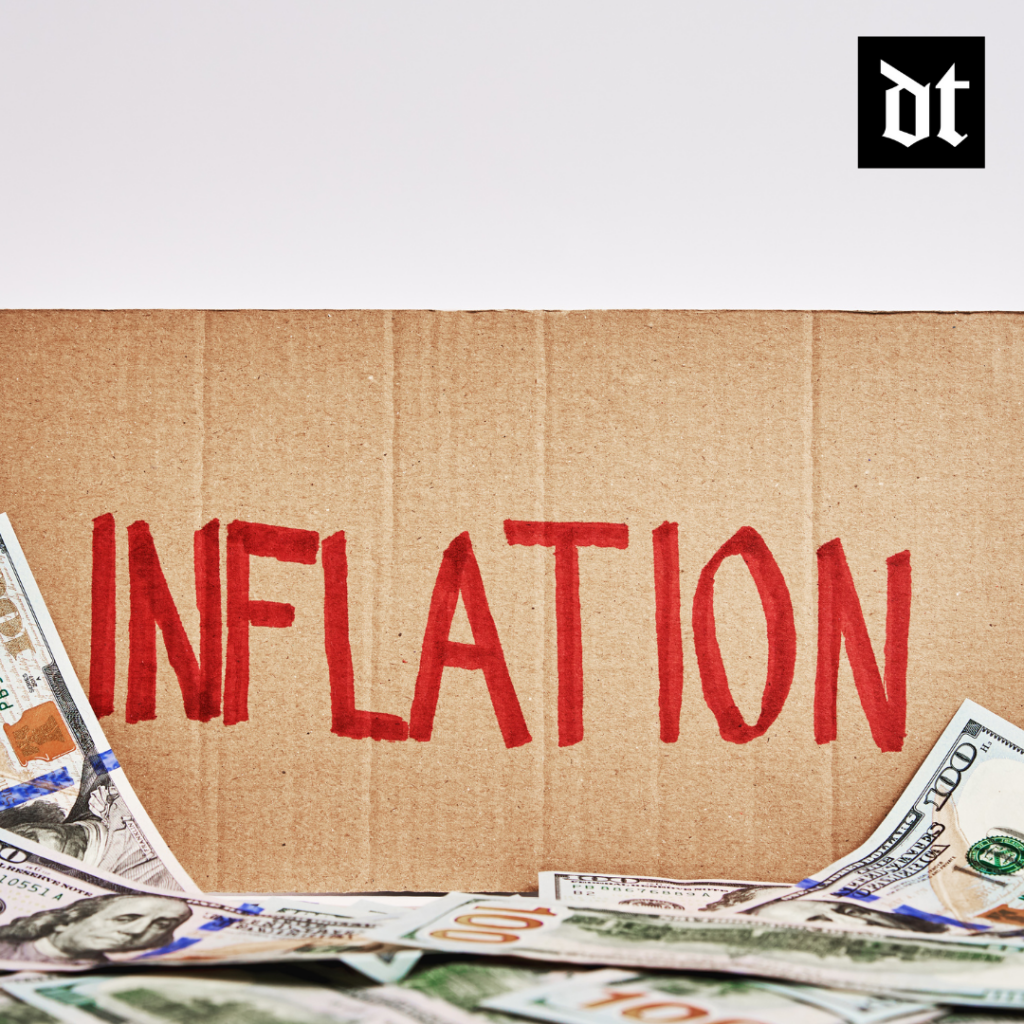
Compared to last year, mortgage rates have inched down; while the decline is nowhere near 2019/2020’s competitive rates, it is still a huge relief from 2022’s steeped rates. For the mortgage rates experts this switch up is nothing new as the housing market has always oscillated between affordable and exuberant based on a myriad of factors. To make sense of it all, we’ll be looking at some of the key influencers of mortgage rates fluctuations.
1. Inflation

Mortgage rates and inflations are synonymous- ideally, when inflation flares up, mortgage rates hike in a bid to keep up with the dollar value. Correspondingly, when inflation drops, mortgage rates tend to take a slight tumble or in some cases stay the same. You’ll also find that interest rates pick up when inflation rises due to the cost of borrowing, this theory often attributes to the likelihood of people holding on to money rather than spending it when prices go up.
2. Personal Factors
Mortgage rates also tend to vary depending on the mortgager’s situation. For instance, when lenders take at look at your finances, earnings, employment status, credits score and loan-value ratio, they may choose to offer you a lower or higher interest rate. That said, if you’re looking to take out a mortgage it is crucial that you work on building an impeccable financial background to boost your chances of scoring better rates.
3. Employment Patterns

Along with personal factors, employment patterns significantly determine how mortgage rates look. When more people are employed, mortgage rates tend to surge due to the market’s high housing demand. Conversely, when unemployment rates are high, interest rates push down as fewer people are looking to take out mortgages. This effect is often an effort to create more favorable conditions for people to borrow in financially hard times.
4. The Bond Market

Bonds are typically considered low risk investments, for this reason, when the economy slows down, most people prefer investing their money in the bond market. With the demand for bonds running high in such times, their prices naturally shoot up resulting into a yield fall. When bond market yields drop, consumer interest rates follow suit which then translates into lowered mortgage rates for buyers. The opposite happens when the economy picks up- bonds demand decline causing consumer interest rates to increase, hence increased mortgage rates for mortgages.
5. Federal Reserve System
The Fed, as most Americans dub it, is the United States central bank, and while it does not set mortgage rates, it does affect them short-term. How so? The federal reserve system usually makes decisions to control money supply based on the economy; so to say it can foster conditions to promote economic growth or tightening the lid causing inflation. When the latter happens, borrowing prospects are lowered and lenders are forced to pass the cost to mortgagers in the form of high interest rates.
6. Global Economy

The global economic systems are interconnected. In a sense, when influential continents experience a downturn, it reflects in the American financial institutions and investments. Take Asia and Europe for instance, when these two areas go through an economic crisis, shareholders and investors grow wary and skittish about how much they’re putting in, this could lead to investment diversion or monetary cut back. When that happens, the United States economy faces the risk of inflation which more often than not subsequent into mortgage rates hikes.
7. World Events
The 2019 COVID pandemic is a clear indication of how world events can affect mortgage rates. Throughout history, significant world events were known to benchmark economic slow ups and inflations. Whether it be a war, a pandemic, a climatic hazard, or a conflict, global economies will almost always recoil when subjected to a catastrophic world crises. When this happens, inflation could go up causing consumer interest rates (thus mortgage rates) to increase. Such events also tend to discourage investment which weakens the economy forcing mortgage rates to steepen. On the brighter side, in an attempt to bounce back from such a set back, governments may foster favorable conditions for mortgage rates to decrease to attract investment and balance things out.
Final Thoughts
Mortgage rates are a hard to pin subject since they hardly operate on a standard digit. Often, current mortgage trends are dependent on external and internal factors like the economy, world events, employment patterns and personal factors. In the end, it is up to the buyer or seller to decipher what the present situation brings forth in terms of rates. Fortunately, this fairly simple breakdown of the driving forces behind fluctuating mortgage rates will help you get there.
